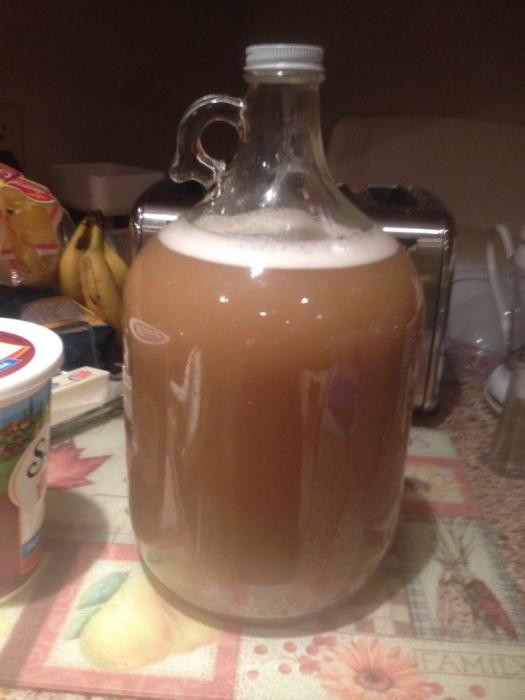It would boil down to a bit over 1 gallon. It also takes into consideration trub loss in the boil, grain absorption and loss from the fermentor. It should be close to the volume at bottling.Your instructions are better than what I would have been able to offer. I have never done the brew in the bag technique before.
Will your 1 gal strike plus 2 gal sparge boil down to 1 gal? After grain absorption loss of course.
Would he benefit from cold crashing longer? Several weeks instead of 3 days?
No, you do not need a starter with a full vial or smack pack. Both would contain about 100 Billion cells and would be a good pitch for a one gallon batch.Would I need to do anything special to the yeast before I pitch it? I've seen some people say that you need to when doing a lager/vienna



















































![Craft A Brew - Safale BE-256 Yeast - Fermentis - Belgian Ale Dry Yeast - For Belgian & Strong Ales - Ingredients for Home Brewing - Beer Making Supplies - [3 Pack]](https://m.media-amazon.com/images/I/51bcKEwQmWL._SL500_.jpg)






